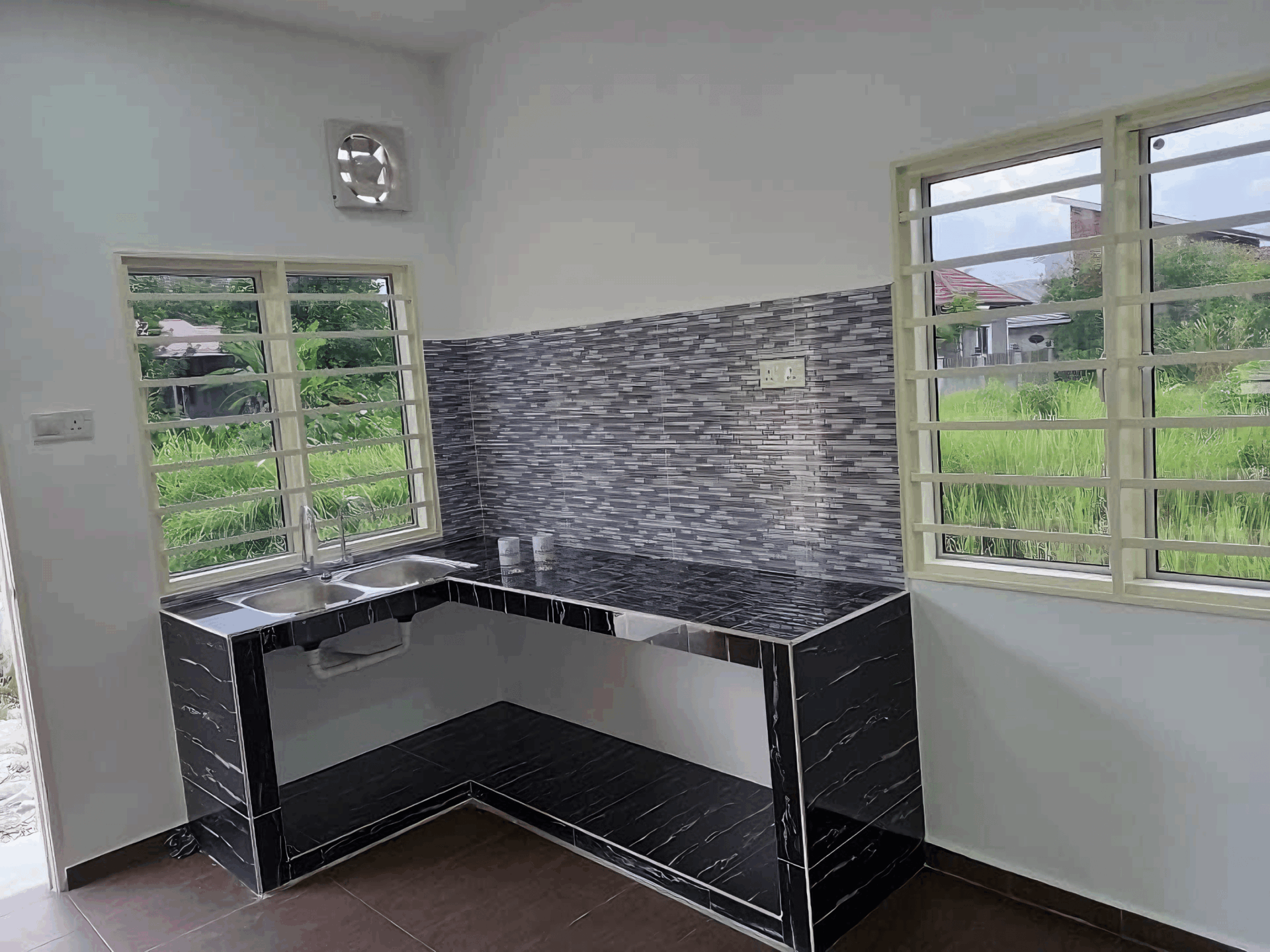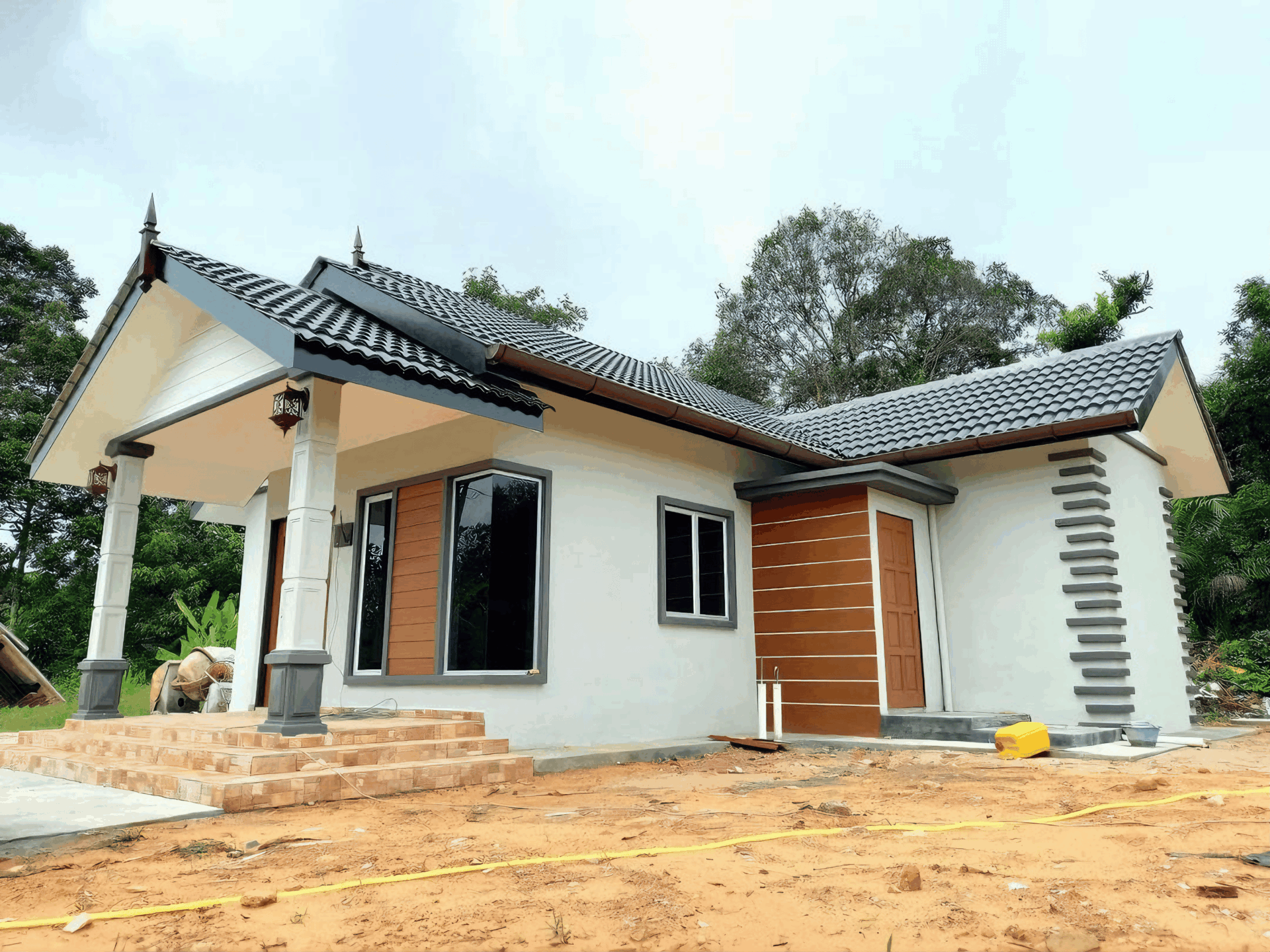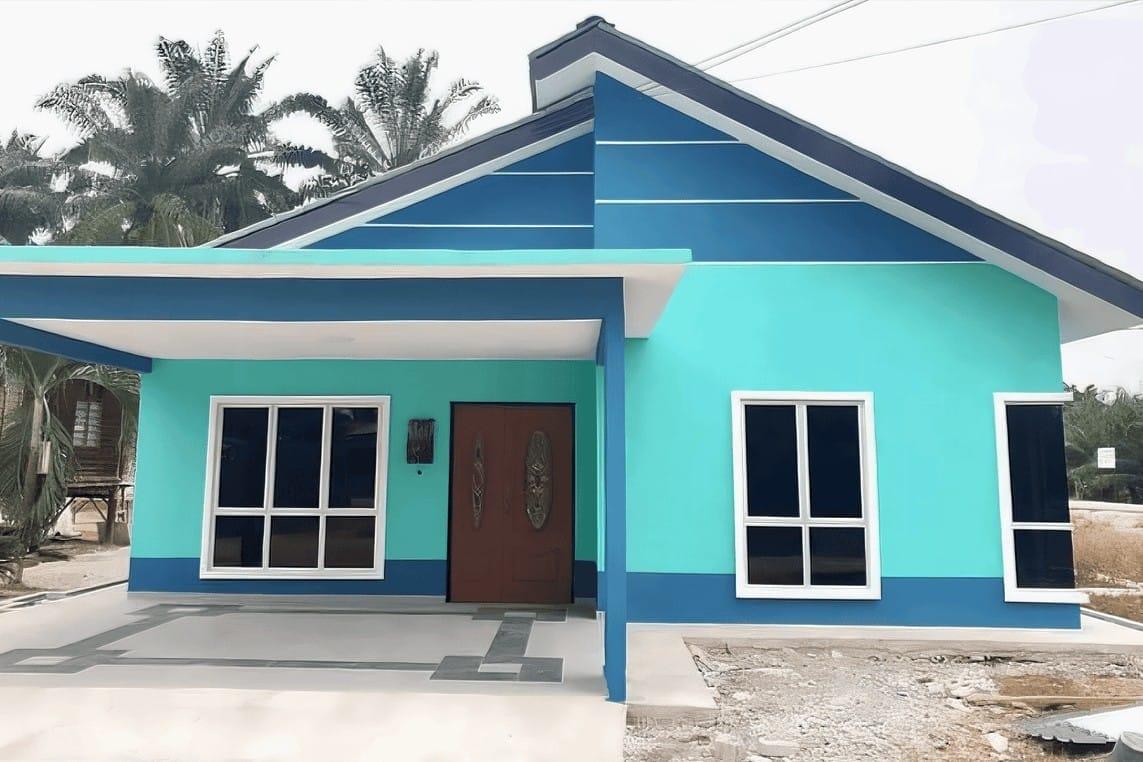A Complete Guide to Choosing the Ideal Land Location for Your Dream Home
Embarking on the journey to build your dream home is an exciting endeavor, rich with possibilities and personal expression. However, long before the foundation is laid or the blueprints are drawn, one critical decision must take center stage: choosing the ideal land location. The plot of land you select will not only serve as the canvas for your future residence but will also shape your daily life, interactions, and overall experience of home.
In this comprehensive guide, we navigate the multifaceted factors that contribute to finding the perfect piece of land. From practical considerations such as zoning laws and access to utilities, to more subjective elements like neighborhood ambiance and proximity to amenities, there is much to weigh in this significant decision-making process. We’ll explore the essential questions to ask and the resources available to help you envision the environment where your aspirations can flourish.
Whether you dream of a serene retreat in the countryside, a vibrant urban setting, or a bustling suburb, this article will equip you with insights and knowledge to make informed choices. Join us as we delve into the art of land selection, ensuring that you not only find a location that meets your needs but also resonates with your vision of home. Your dream house awaits—let’s uncover the ideal location that will bring it to life.
Understanding Your Lifestyle Needs for Optimal Land Selection
Choosing the perfect piece of land for your dream home requires a deep understanding of your unique lifestyle needs. Start by reflecting on what truly matters to you: Do you prioritize proximity to urban amenities, or are you drawn to serene, rural settings? Consider your daily routines and passions, as these will guide you in balancing convenience against tranquility. Think about how often you entertain guests, the space you require for hobbies, and your preferences for outdoor living.
Establish clear criteria based on your lifestyle. Key factors might include:
- Access to Schools: Proximity to quality schools can greatly affect family life.
- Work Commute: A shorter commute can enhance your work-life balance.
- Recreational Opportunities: Nearby parks, trails, or sports facilities can enrich your free time.
- Community Feel: Consider whether you prefer a tight-knit community or more privacy.
Your land should also accommodate future developments and expansion plans. As your family grows or your interests evolve, it’s essential to envision how the land will serve you in the long run. Assemble a simple table to weigh potential locations based on your needs:
| Location | School Quality | Commute Time | Recreational Access |
|---|---|---|---|
| Urban Center | High | 15 mins | Moderate |
| Suburbia | Medium | 30 mins | High |
| Rural Area | Low | 45 mins | Very High |

Evaluating Natural and Environmental Factors in Site Choice
When selecting the perfect plot for your dream home, understanding the natural and environmental factors surrounding the site is paramount. These elements can influence not only your day-to-day experience but also the long-term value and sustainability of your investment. Key considerations include:
- Topography: The lay of the land can affect drainage, sunlight exposure, and accessibility.
- Soil Quality: Knowing the type of soil helps assess its suitability for construction and landscaping.
- Climate Conditions: Local weather patterns could dictate heating and cooling needs.
- Vegetation: Native plants are usually a sign of healthy land and can offer insights into the ecosystem.
Additionally, it is crucial to evaluate potential environmental risks that could affect your site choice. Understanding the following factors can ensure that you are not only building in a desirable area but also in a safe one:
| Environmental Risk | Considerations |
|---|---|
| Flooding | Check historical flood zones and drainage systems. |
| Wildfire | Assess the area’s fire risk and buffer zones. |
| Soil Erosion | Look for signs of past erosion and steep slopes. |
| Contamination | Research the site’s history for industrial use or waste disposal. |
Another essential aspect is examining the impact of nearby natural features on your chosen land. Proximity to water bodies, forests, or mountains can greatly enhance your living experience, but it also comes with its own set of considerations. Evaluate how these features affect:
- Water Access: Proximity to rivers or lakes can offer recreational benefits but may come with flood risks.
- Wildlife Corridors: Nearby forests may attract wildlife, offering natural beauty but also potential challenges.
- Scenic Views: Positioning your home to take advantage of natural vistas can enhance its appeal.
- Air Quality: Vegetation can improve air quality but also contributes to pollen levels.

Navigating Zoning Laws and Regulations for Your Dream Property
Understanding zoning laws and regulations is a crucial step in your journey towards owning your dream property. These laws dictate how land can be used, and they vary significantly from one area to another. Before making any investment, take the time to research the zoning classification of your desired parcel. Most municipalities offer online resources or public records to help residents and potential buyers navigate local zoning regulations. Always check for specific restrictions or allowances that may impact your plans, such as building height limitations or land use requirements.
When evaluating a property, consider the following key zoning aspects:
- Residential vs. Commercial: Understand if the area is designated for residential homes, commercial businesses, or mixed-use purposes.
- Setback Requirements: Familiarize yourself with the distance your building must be from property lines, streets, or bodies of water.
- Lot Coverage: Some areas restrict the amount of land that can be covered by buildings or structures.
- Permitted Uses: Check for any stipulations regarding what types of structures may be built, such as single-family homes or multi-unit dwellings.
If you’re determined to change existing zoning designations, be prepared for a potentially lengthy process. You may need to attend public hearings, present your case, or engage with local government officials. Additionally, consider establishing a good relationship with the local planning or zoning board, as they can provide valuable insights and guidance. Here’s a simple table outlining typical zoning processes:
| Step | Description |
|---|---|
| Initial Research | Investigate current zoning and land use policies. |
| Application Submission | Submit any necessary applications for rezoning or variances. |
| Public Hearing | Present your proposal at a scheduled public meeting. |
| Board Decision | Receive the board’s ruling on your request. |

Financial Considerations and Investment Potential in Land Acquisition
When considering land acquisition, potential buyers must conduct a thorough financial analysis. This includes understanding the purchase price, associated closing costs, and ongoing expenses such as property taxes and maintenance. Each of these factors can significantly impact your overall investment. Additionally, it’s essential to evaluate the financing options available; some buyers may benefit from loans specifically designed for land purchases or even alternative financing strategies like seller financing. Engaging a financial advisor with expertise in real estate can provide invaluable guidance in this process.
In terms of investment potential, the choice of location plays a crucial role in determining future appreciation. Characteristics that typically enhance value include proximity to urban centers, access to transportation networks, and the availability of essential services like schools and hospitals. Buyers should also consider regional trends that may influence demand, such as population growth or commercial development plans. Obtaining local market data can empower buyers to make informed decisions and ultimately select property that will not only serve their immediate needs but also grow in value over time.
| Location Factor | Impact on Value |
|---|---|
| Proximity to Urban Areas | Higher demand can lead to increased appreciation |
| Access to Major Roads | Easier connectivity enhances accessibility, driving value |
| Quality of Local Schools | Attracts families, positively influencing property values |
| Future Development Plans | Potential for cultural, economic growth, increasing investment returns |
Q&A
Q&A: A Complete Guide to Choosing the Ideal Land Location for Your Dream Home
Q1: Why is choosing the right land location so crucial for building my dream home?
A: The location of your land significantly impacts your lifestyle, home value, and overall satisfaction. It affects proximity to amenities, schools, scenic views, and even your commute. Choosing wisely can ensure your home complements your life, rather than complicating it.
Q2: What are some key factors I should consider when evaluating potential land locations?
A: Consider a blend of practical and personal factors. This includes accessibility to highways and public transport, local services such as grocery stores and hospitals, community vibe, zoning laws, environmental features (like flood zones), and future development plans that might affect your area.
Q3: How important is the local community and neighborhood when selecting land?
A: Extremely important! The character of a neighborhood can align with your lifestyle preferences. Engage with locals, explore community events, and assess the demographic mix. Your future home should feel like an extension of you, and a supportive community can enhance that feeling.
Q4: Should I prioritize urban locations over rural ones when selecting land?
A: It depends on your lifestyle preferences. Urban areas may offer convenience and entertainment, while rural locations provide tranquility and space. Consider what environment aligns with your daily activities, hobbies, and long-term goals. You might find that a suburban area strikes the perfect balance for you.
Q5: What role do future developments play in my decision?
A: Future developments can either enhance or detract from your property’s value. Research local planning initiatives and infrastructure projects in the pipeline. While growth can increase your home’s market value, it could also bring traffic congestion or change the character of the area you cherish.
Q6: Can environmental factors influence my decision on land location?
A: Definitely! Natural aspects such as soil quality, drainage, and exposure to natural disasters (floods, earthquakes, wildfires) are pivotal in determining suitability for building. Additionally, consider the land’s orientation to maximize sunlight for energy efficiency and natural warming.
Q7: Is it essential to consult with professionals when choosing land?
A: Absolutely! While you can conduct preliminary research, engaging professionals—like real estate agents, land surveyors, and environmental specialists—can provide invaluable insights. Their expertise can guide you through regulations and potential pitfalls that you might overlook.
Q8: How do I ensure the land I choose fits my family’s needs?
A: Think long-term. Evaluate the proximity to schools, parks, and recreational facilities. Consider the desires of all family members and how they might evolve over time. Prioritizing inclusivity in your choices can foster family cohesion and satisfaction in your new home.
Q9: What are some red flags to watch for when selecting land?
A: Be wary of extensive noise levels, unpleasant smells, and undesirable views. Look out for issues like erratic access roads, frequent flooding, or signs of environmental contamination. Remember to check local crime rates and the overall safety of the area.
Q10: How can I visualize my dream home in a potential land location?
A: Visualizing your dream home involves imaginative thinking. Use design software, sketch your ideal layout, or walk the land and visualize the placement of your future home. Don’t forget to ponder on practical elements like gardens, garages, or outdoor spaces that enhance your living experience.
choosing the ideal land location for your dream home is an intricate as well as a deeply personal journey. Taking the time to assess these factors thoughtfully will not only pave the way for a successful build but also lead to a home that feels uniquely yours. Happy land hunting!
Closing Remarks
As you embark on the journey of selecting the perfect land location for your dream home, remember that this decision is as much about the heart as it is about the mind. With a blend of practical considerations and personal aspirations, you’ve equipped yourself with the knowledge to navigate the complexities of the real estate landscape. Whether you envision a serene retreat in the mountains, a vibrant spot in a bustling city, or an idyllic rural escape, the ideal location is out there waiting for you.
Take your time to explore, weigh your options, and trust your instincts. After all, a home is not just a structure; it’s a canvas for your life’s story, where memories will unfold and dreams will take shape. Armed with this guide, go forth with confidence, and may your quest lead you to a place that feels distinctly yours, grounded in the beauty of choice and the promise of tomorrow. Happy house hunting!



